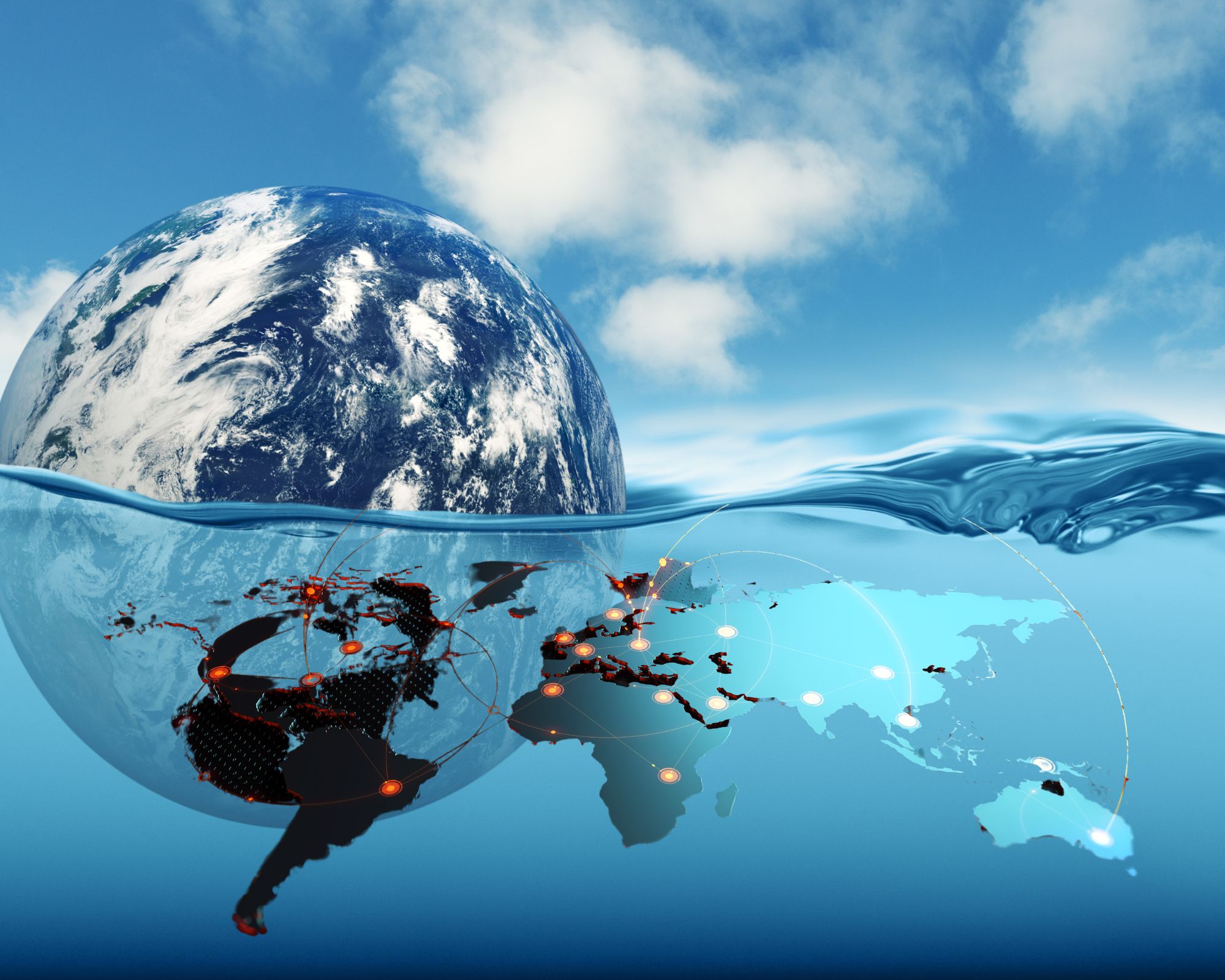Summary:
-
The Ocean Conference in June, the COP27 Climate Conference in November, and the much-delayed COP15 Biodiversity Conference in December, three significant UN summits on climate change, showed that the organization accomplishes much more than simply stating the dire climate situation and calling for change.
-
At the conference, more than 6,000 participants, including 24 heads of state and government and more than 2,000 civil society organizations, argued for swift and decisive action to address the ocean problem.
-
But the negotiators were able to come up with a way to pay vulnerable countries back for the damage and loss that climate-related disasters caused, as well as agree on the language of an outcome statement.
-
Montreal promises to safeguard biodiversity more effectively fifteenth UN biodiversity conference, COP15, finally took place in Montreal this December after two years of delays and cancellations brought on by the COVID-19 pandemic.
-
At the end of the conference, people agreed to protect 30% of the world’s lands, coastlines, and inland waters by the decade’s end.
Nobody in attendance at the UN climate conference (COP26) that ended in Glasgow at the end of 2021 could have predicted that the war in Ukraine would rock the world economy and force many countries to abandon their plans for a low-carbon economy as they rushed to lessen their reliance on Russian oil and gas supplies and secure fossil fuel supplies from other sources.
Many studies also showed that the Earth keeps getting warmer and that humans haven’t been able to cut down on carbon emissions or deal with the existential threat that the climate disaster poses.
The UN kept taking the lead on making international climate agreements, which is a slow, hard, but important job. They did this by putting pressure on major economies to do more to reduce their use of fossil fuels and by helping developing countries, whose people are suffering the most from droughts, floods, and extreme weather caused by humans.



A healthy, clean environment is a fundamental human right
Building on a similar resolution that the Human Rights Council passed in 2021, the UN General Assembly’s decision in July to say that everyone has the right to a clean and healthy environment was a big step forward.
In a statement, Mr. Guterres said that the historic initiative would support the empowerment of people, particularly those who are in vulnerable circumstances, such as environmental human rights defenders, children, youth, women, and indigenous peoples, as well as the reduction of environmental injustices and the closing of protection gaps.
In October, Ian Fry, the first UN Special Rapporteur on the Protection of Human Rights in the Context of Climate Change, talked about how necessary this action was. According to Mr. Fry, the resolution is already beginning to have an impact because the European Union is debating how to include it in national laws and constitutions.


